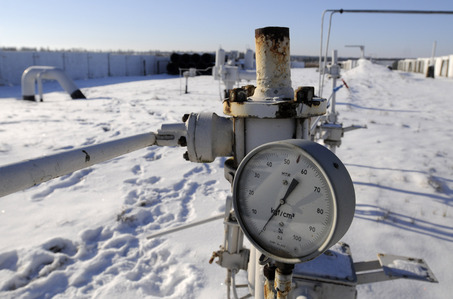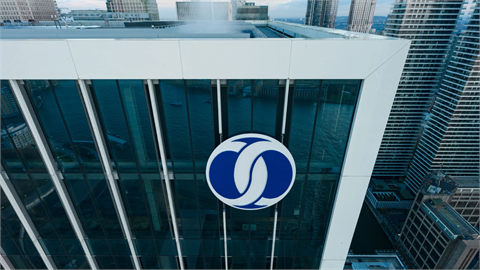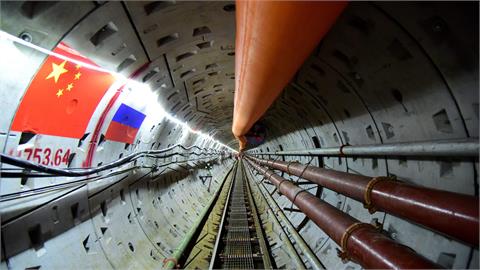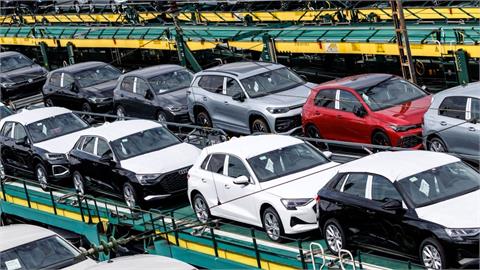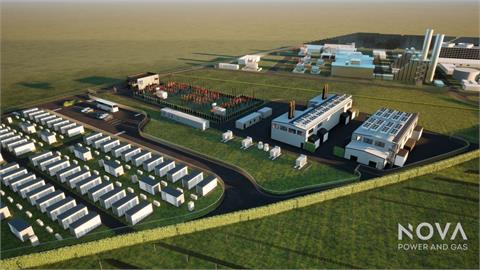by Christian Oliver* In January 2009, eastern Europe slipped back two centuries. For an icy fortnight, people reverted to foraging for wood to heat their homes
Russia’s decision to cut off the gas in a dispute with Ukraine had caught the EU unprepared. Engineers at chemical plants without fuel in reserve fought to prevent explosions. Zookeepers in Sofia had to find electric heaters to keep the animals alive.
Shocked by the desperate scenes from eastern Europe, José Manuel Barroso, European Commission president, vowed sweeping energy reforms to ensure the EU would never again be held hostage in this way by Russia.
Five years on, EU diplomats are again worrying about Europe’s vulnerability as they assess how hard they can hit Russia with sanctions. This time, energy experts say, Moscow has a weaker hand. Although the EU remains dependent on Gazprom and Rosneft for its gas and oil, it is better prepared for supply cuts and is steadily building up a more varied energy mix to reduce the Russians’ ability to influence prices.
Russia still enjoys a commanding position, supplying 30 per cent of Europe’s oil and gas. Europe’s most prominent project to diversify gas supplies – the Nabucco pipeline for Caspian Sea gas – proved economically unfeasible.
"Gazprom has increased its share in European markets because Europe’s domestic production has fallen in countries such as Britain and Norway . . . we see no signals that the situation in Europe will change,” Gazprom’s deputy chairman, Alexander Medvedev, said recently.
Still, some low-key reforms, such as improved planning at gas storage facilities, has improved the EU’s resilience. After a mild winter, for example, most eastern European countries have 40-90 days of supplies.
Europe is also less exposed to a scenario such as 2009, in which it suffered collateral damage when Moscow cut supplies to Ukraine. Back then, 80 per cent of the Russian gas flowing to the EU came via Ukraine. It is now less than 50 per cent. Much of the relief has come from a separate Gazprom pipeline, North Stream, which reaches Germany via the Baltic Sea.
Arno Behrens, head of energy at the Centre for European Policy Studies in Brussels, argues that "gas has been losing its edge as a geopolitical weapon for Russia”.
The EU has improved its infrastructure, particularly "interconnectors” that allow eastern European nations to transport gas from north to south, breaking the grip of Soviet-era supply lines that run east to west. In 2010, Hungary launched links with Romania and Croatia. In 2011, the Czech Republic opened its second with Poland.
The north-south interconnectors are intended to help central Europe tap non-Russian gas. In the Baltic, where energy dependence on Russia is particularly acute, countries are looking to import liquefied natural gas, with Polish and Lithuanian terminals expected to open this year. Although LNG is expensive, the ability to diversify supplies offers leverage in contractual talks with Gazprom.
To the south, a pipeline is expected to open by 2019 with gas flowing from Azerbaijan to Italy. Volumes may grow in coming years, boosted by gas from the eastern Mediterranean, northern Iraq and Romania’s Black Sea.
Massimo di Odoardo, analyst at the Wood Mackenzie consultancy, also noted that Gazprom faced long-term pressures. "In the next three or four years, Europe’s dependency is not going to change. But the reality is that there is a lot more gas from Africa, the eastern Mediterranean and the US,” he said.
Mr di Odoardo added it was "inevitable” that these supplies would create a market-based pricing system in Europe. This would sap Gazprom’s ability to set prices by a controversial formula based on crude oil prices – a practice under investigation by the EU.
Thierry Bros, gas analyst at Société Générale, said Gazprom was already responding to the threat of increased supply after 2020 by cutting prices. A lower price in Europe, he argued, would make LNG projects and Azeri gas investments less attractive.
"Russia has a vested interest in adapting prices to reduce long-term competition,” he said. "Gazprom’s strategy to slightly reduce its prices to delay alternative supply after 2020 makes perfect sense.”
Mr Behrens said Russia realised the danger to its own finances of appearing to be an erratic supplier. The worst outcome for Moscow would be an even more concerted attempt by Brussels to refocus supplies away from Russia.
"I don’t think they want to repeat that.”
*Published in the "Financial Times” on March 20, 2014
